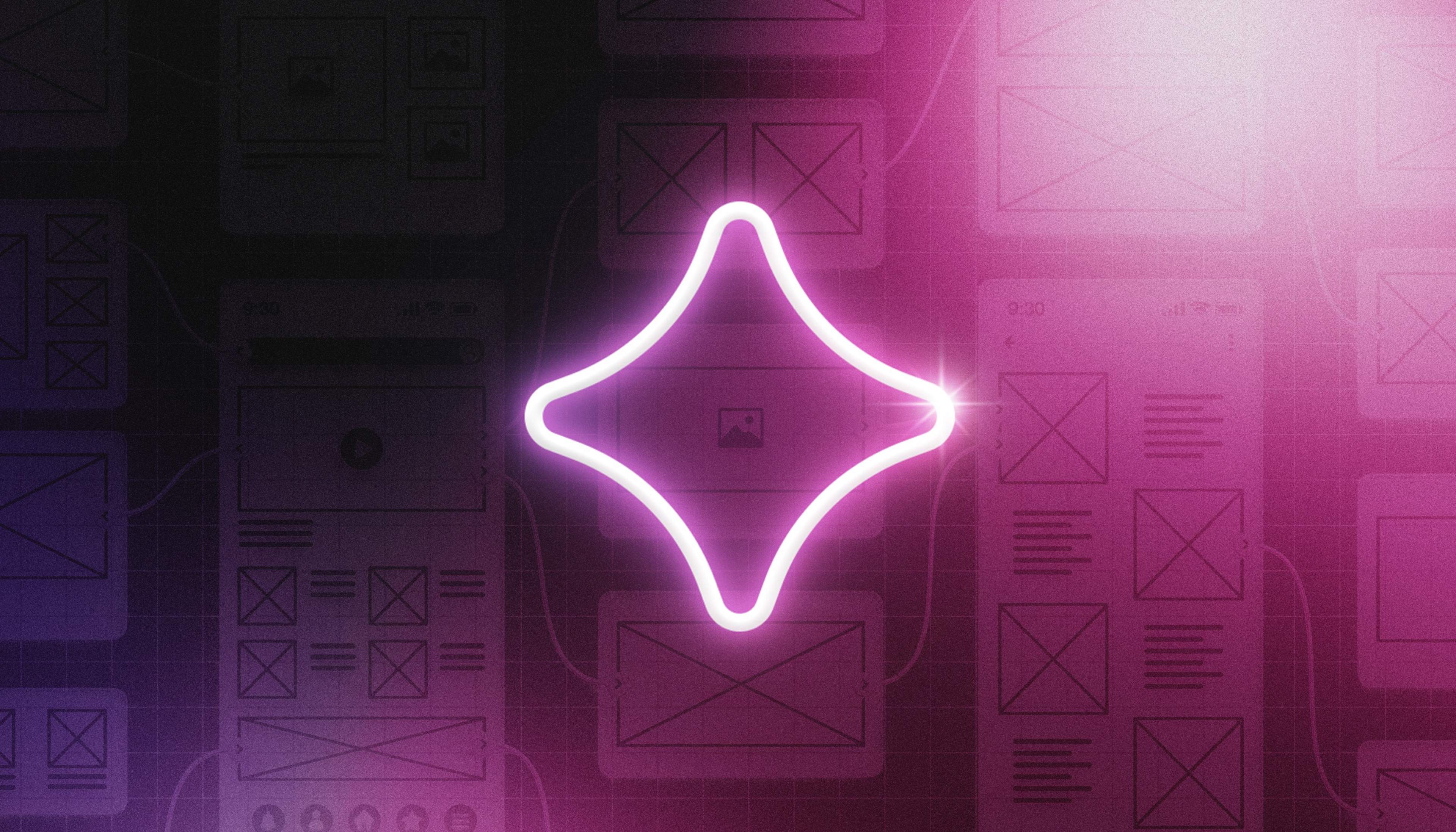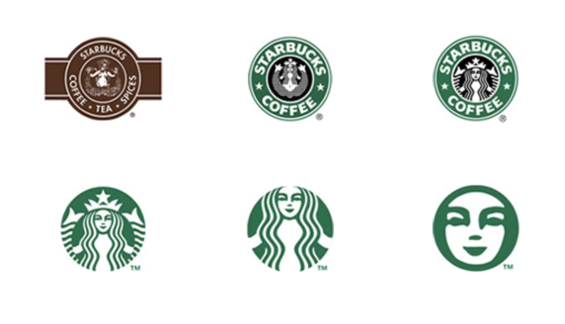Introduction
The evolution of artificial intelligence (AI) promises to bring about a positive transformation for product designers, their clients, and end-users alike. The integration of AI into design processes holds the potential to revolutionize the way we approach creative problem-solving and user experience. Here are a few ways in which the product designers at TXI Digital hypothesize artificial intelligence (AI) could help product designers create better digital products.
How AI is Transforming Product Design
AI-Powered Recommendation Systems and Personalization
As artificial intelligence-powered tools are becoming increasingly sophisticated, the things that they're good at, such as automating repetitive tasks and analyzing large volumes of data, are becoming more powerful and easier to use with every new version that is released. The typical design process can stand to benefit greatly from these advances.
One of the best examples of how AI can help product designers is through recommendation AI, which can augment or personalize what is shown to users in real-time. Traditionally, augmenting or personalizing an application involves a lengthy process: researching to understand user needs and behaviors, creating hypotheses based on this research, producing potential solutions for a subset of users to test these hypotheses, and finally, rigorously testing these solutions to ensure they meet the desired outcomes. This multi-step process requires significant effort and countless work-hours, especially for a large product with a diverse user base.
With AI's ability to handle repetitive tasks and recognize patterns almost instantly, the time needed for these iterative processes can be dramatically reduced. This leads to faster turnaround times, increased productivity, and the ability to quickly adapt to user feedback and changing market conditions. Eventually, this entire process might happen simultaneously while the end-user is interacting with the product or platform, allowing for real-time adjustments and a highly responsive user experience. This dynamic interaction between the user and the AI-driven system could redefine the way product designers approach UX design and the creation and optimization of digital products.
Case Study: Netflix's AI-Driven Interface
The world's largest video subscription service, Netflix, could be an early adopter of this technology as they rely heavily on personalized recommendations to increase viewership and retain subscribers. In 2014, Netflix conducted extensive consumer research that indicated the video thumbnail was the most important factor influencing a user's decision to watch a given program. Their research concluded that humans are hardwired to respond to faces and that faces showing complex emotions outperformed stoic or benign expressions. The research further noted that "seeing a range of emotions actually compels people to watch a story more," emphasizing the psychological impact of facial expressions on viewer engagement.
Another interesting conclusion drawn by the Netflix product design team was that audiences respond strongly to villainous characters, finding them intriguing and compelling, and that thumbnails featuring more than three people dramatically dropped engagement. This insight highlighted the importance of simplicity and focus in thumbnail design.
Understanding that certain visual patterns promote engagement and that every user has unique preferences, it no longer made sense to use generic thumbnails if the goal was to maximize conversion rates and watch time. Therefore, their solution involved creating a sophisticated recommendation algorithm that considers various factors such as audience location, watch history, and individual user behavior to select thumbnails most likely to get engagement. This personalized approach ensures that each user sees a thumbnail tailored to their viewing habits and preferences, thus increasing the likelihood of them clicking and watching the content.







